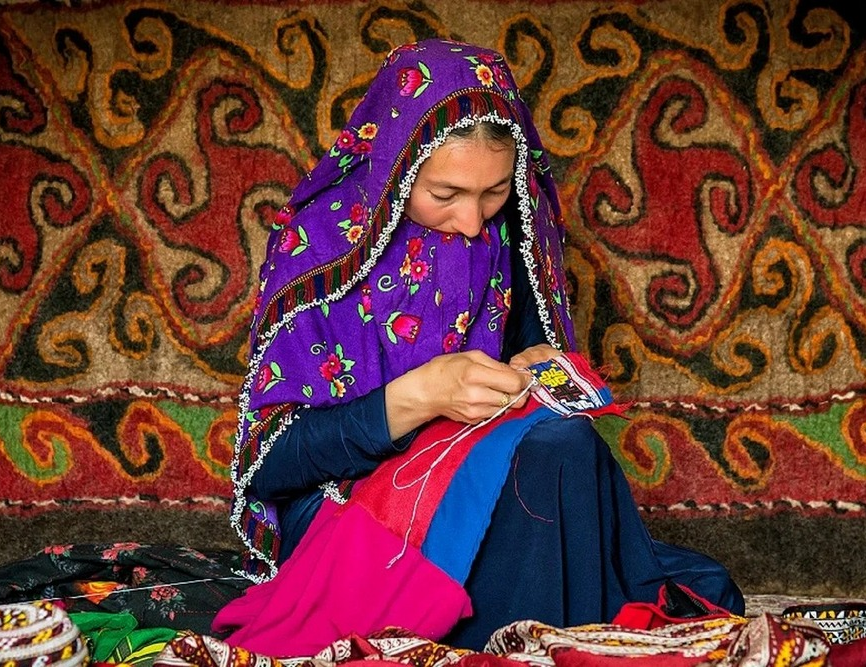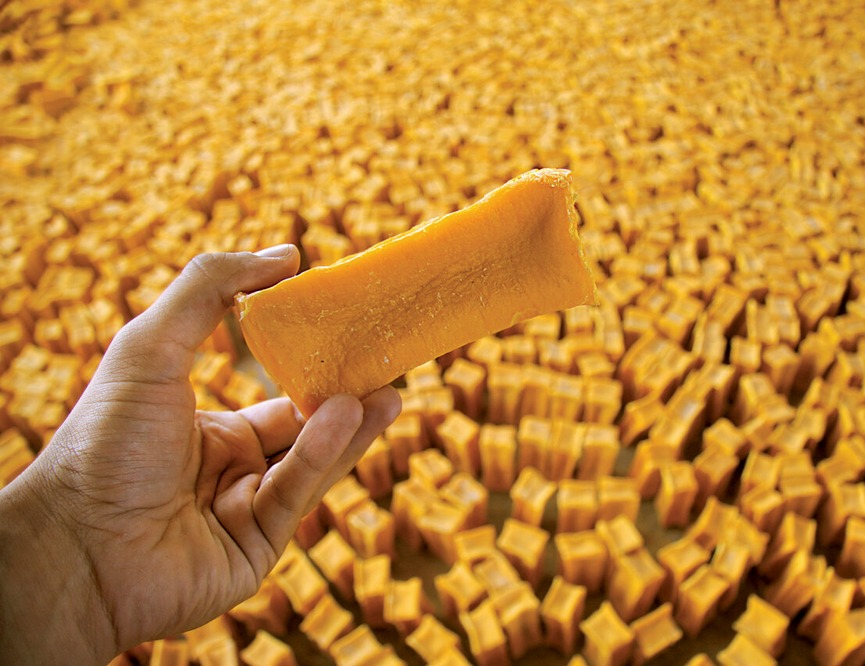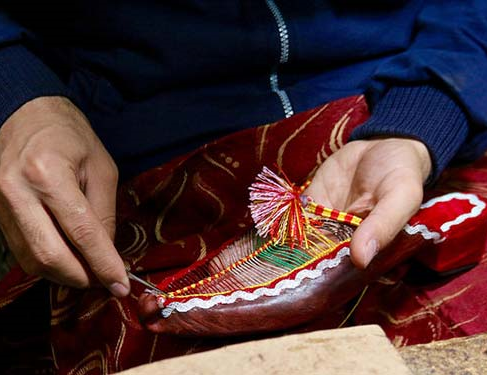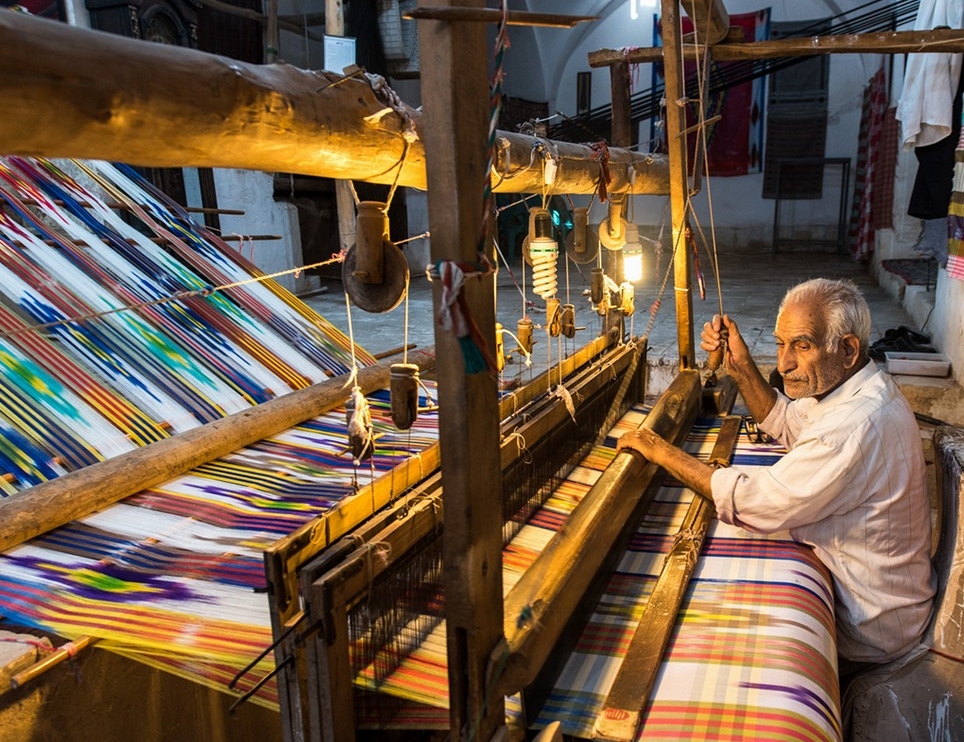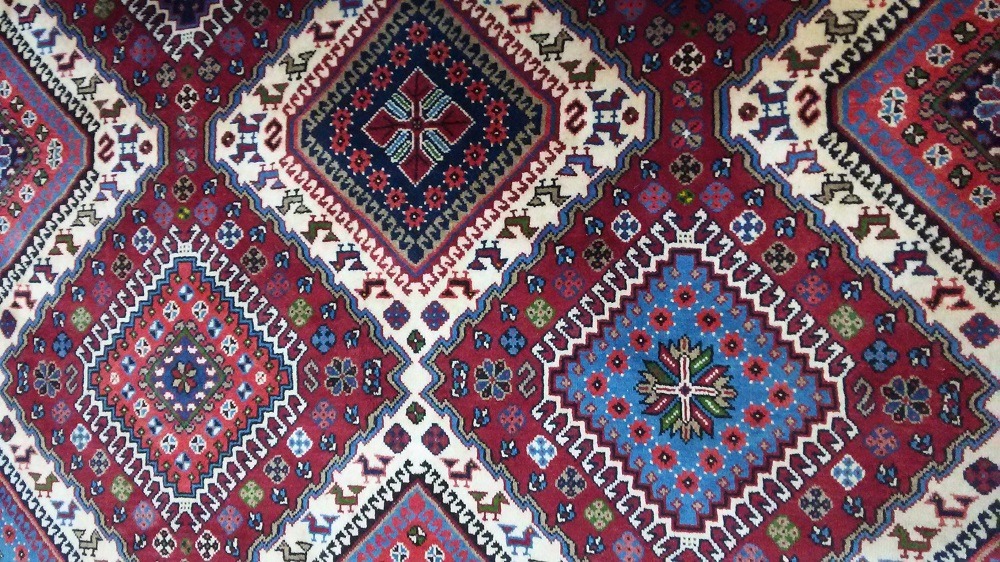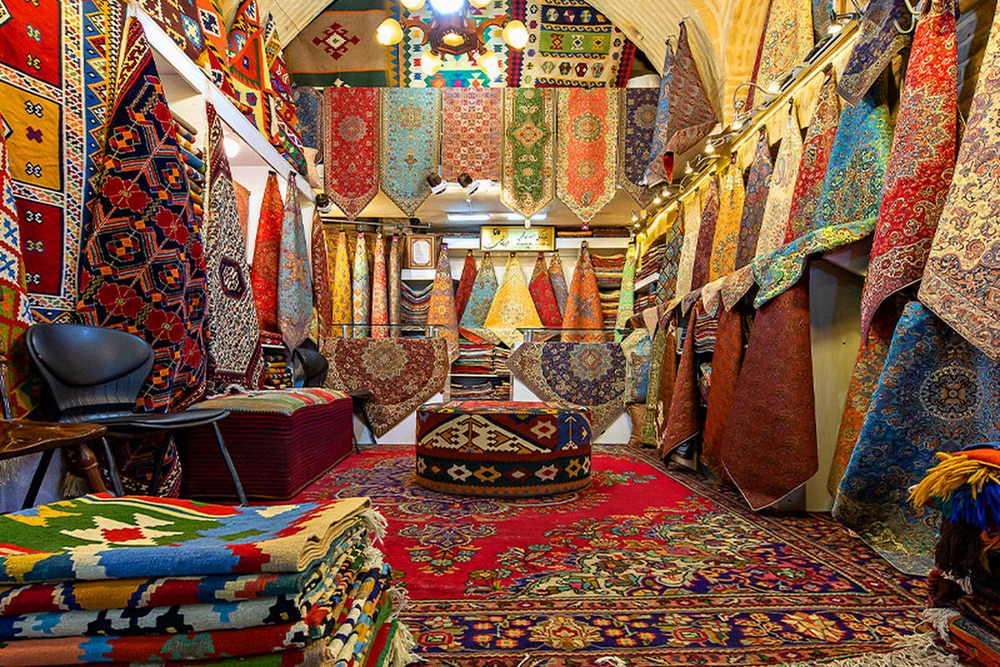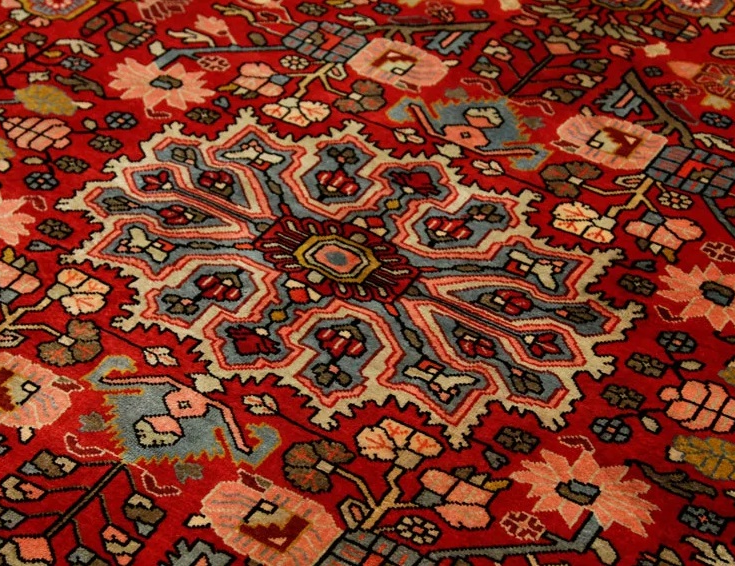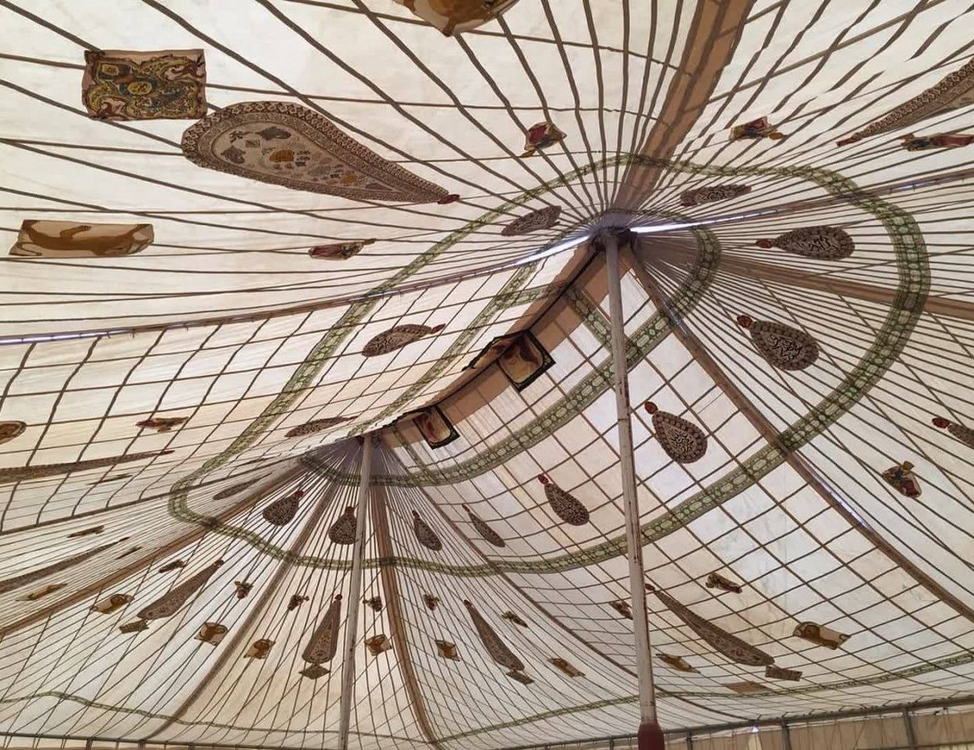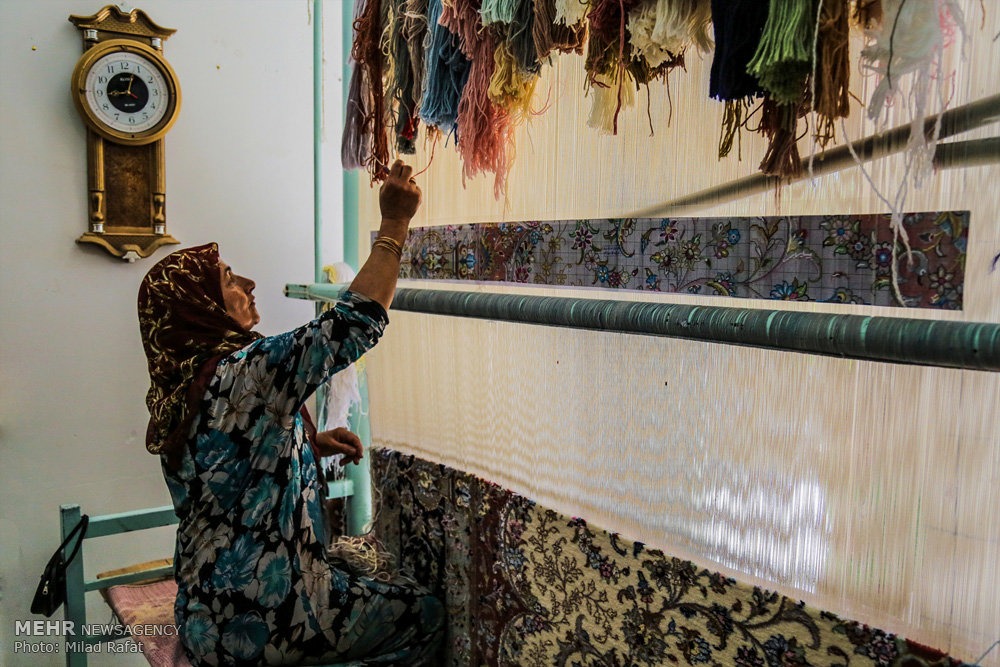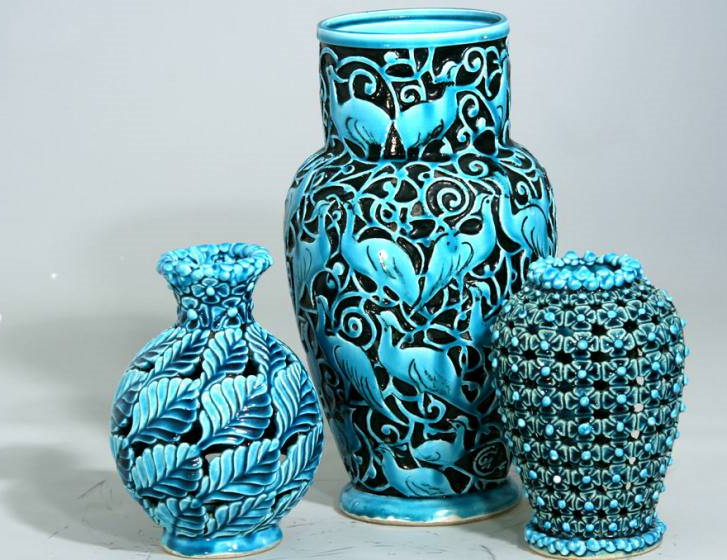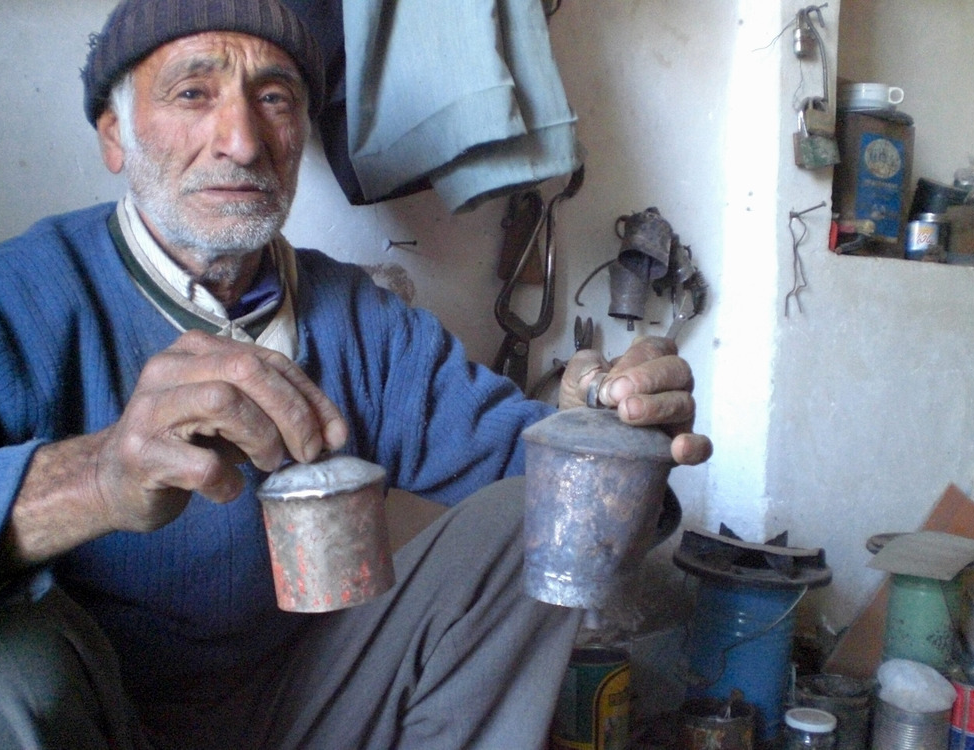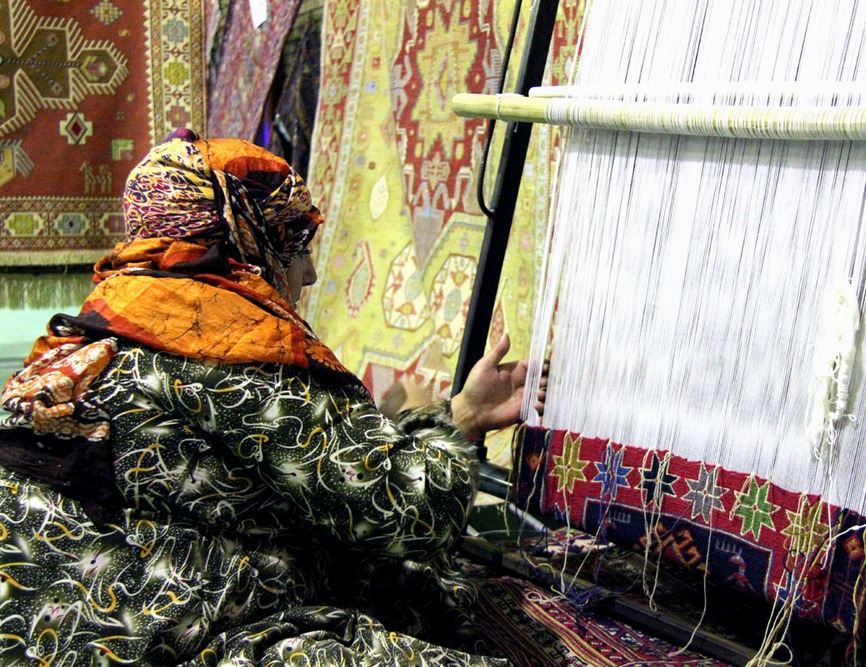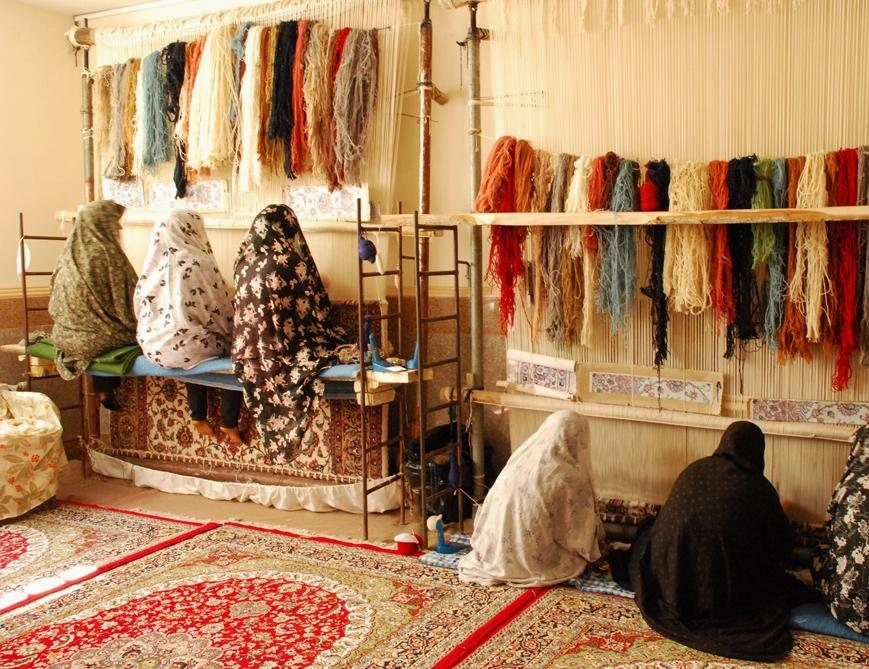
Batik Printing
Batik printing is the craft of printing different designs on fabric and it was inscribed as an intangible heritage of East Azarbaijan Province in the year 2010. This type of printing is popular in some other countries besides Iran and is considered one of the oldest printing methods. The use of this type of printing in the production of scarves and other clothes is a manifestation of the taste and art of the artists of East Azarbaijan and especially of Osku County.
This county, which is located 250 kilometers south of Tabriz, has been known as one of the centers of this type of printing since the distant past. It is said that Batik printing in Osku is more than 500 years old. Some of the productions of Osku printing workshops have found many customers in Iran’s neighboring countries.
What Is Batik Printing?
Batik printing is a special dyeing process in which organic (plant) dyes such as rose madder, reseda, pomegranate peel, and turmeric are used. In the past, they prepared a mixture of vine leaves, caustic soda, and clay and covered the surface of some parts of the cloth with it. This glue-like composition made the fabric take on a stronger texture and be ready for dyeing. After dyeing, the fabric was washed and finally, the parts covered with glue returned to the original color, but the pattern of the parts that were not covered with that composition remained the same. This printing method is also called “resistant printing”.
Using sheep tallow, pure beeswax, and raw gum, they used to make the raw material for Batik printing. This mixture is still used in traditional Batik printing workshops and is known as “Batik oil”.
The Method of Performing the Batik Printing
The first step in Batik printing is to soak the fabric in lukewarm water. The length of time the fabric is placed in water is proportional to its material and type. This work continues until the starch of the fabric dissolves well in the water. In the next step, the fabric is placed in a dilute solution of white alum to increase its dyeability. After that, the fabric is dried and straightened.
In the printing stage, they use the designs they have molded on a wooden board. These designs may be made using arabesque shapes, natural designs, flowers, and plants, or any abstract shape. Usually, in Batik printing, the artist uses the same stamp several times and creates a very eye-catching harmony by combining different shapes with each other. To make designing easier the templates are connected to wooden handles, and with this, they both increase their weight and provide the possibility of creating pressure on the surface of the fabric.
At the stage of implementing the molds, a material that is not dyeable is melted and kept warm on a heat source. Then the molds are inserted into the material and placed on the fabric. This work is also called “stamping”.
In order for the stamped patterns to be fixed, the stamped fabric is placed in a solution of white alum and then it is placed on a rope to dry. After drying, the fabric is placed in the paint container. This color will be the fabric background. After that, they put the cloth again in the white alum solution and after drying, they put paper under it and heat it with an iron. This melts the color-resistant material and makes the designs show up well.
To remove the surface of the fabric from fatty substances, in an additional step, it is placed in a fat solvent, such as gasoline, and then washed with soap and water. Finally, they spread it in the open air under the shade to dry.
Features of Batik Printing
The thing that makes the fabrics produced by Batik Printing look more beautiful is the use of natural colors in its production. The artists of East Azarbaijan Province use bright and attractive combinations of colors in their products; combinations that come from their imagination and can delight every viewer.
Batik printing is the craft of printing different designs on fabric and it was inscribed as an intangible heritage of East Azarbaijan Province in the year 2010.
| Name | Batik Printing |
| Country | Iran |
| Cities | |
| Works | Knitting, sewing and textile |
| Registration | Unesco |
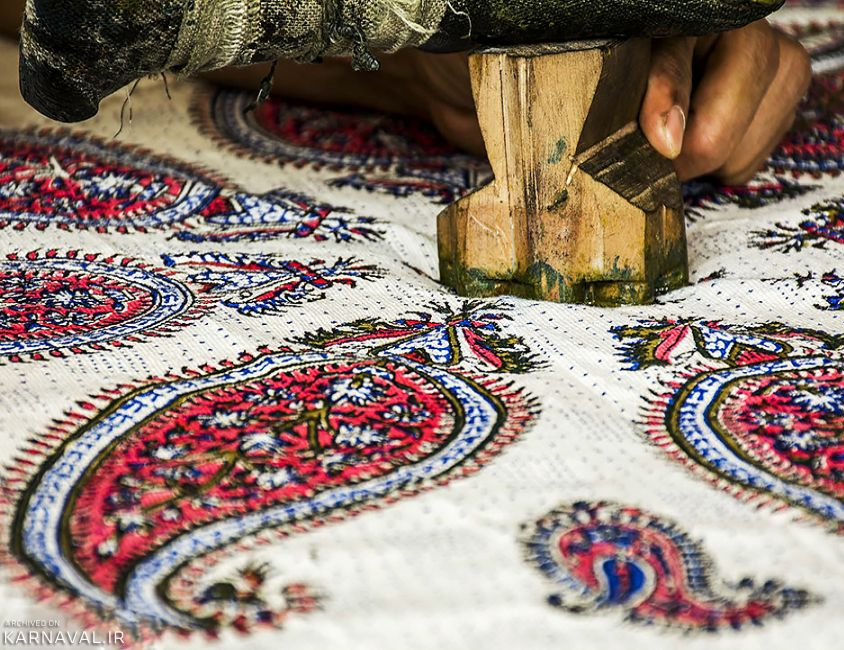
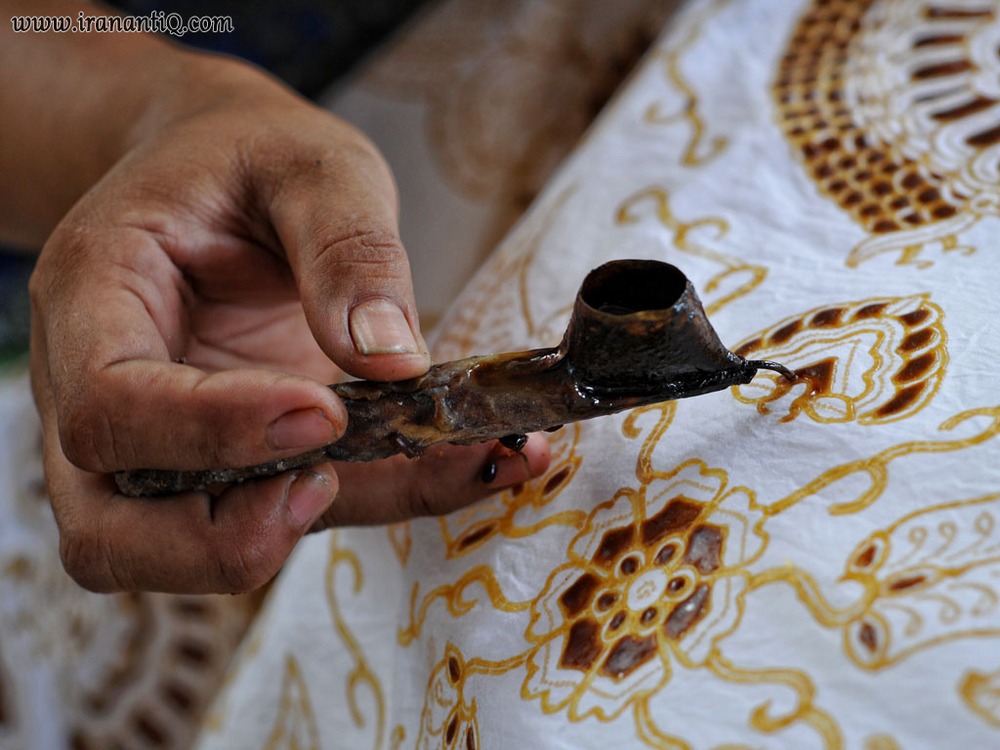
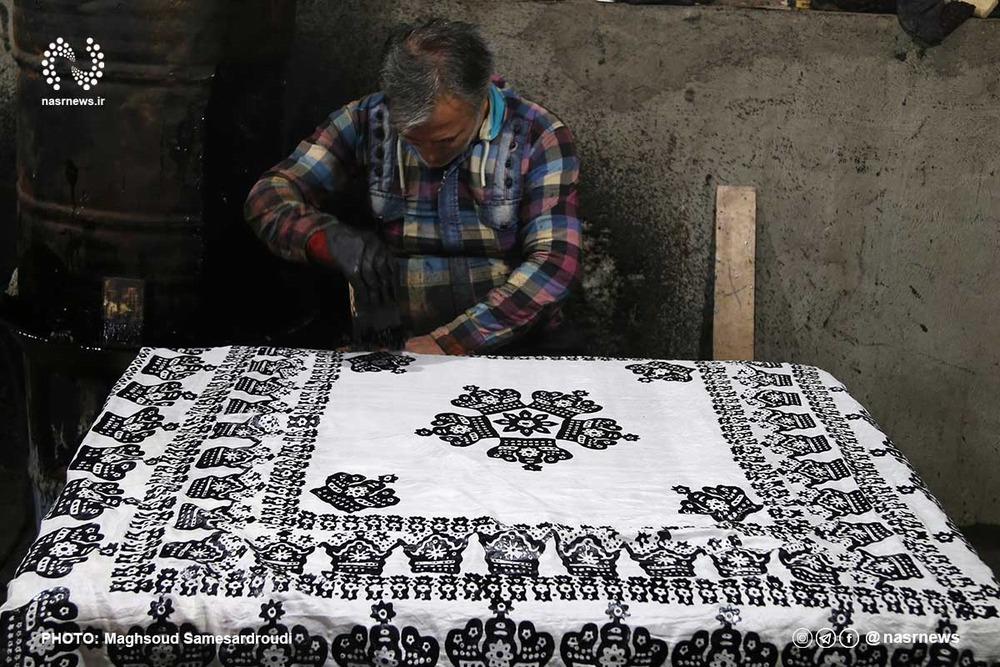
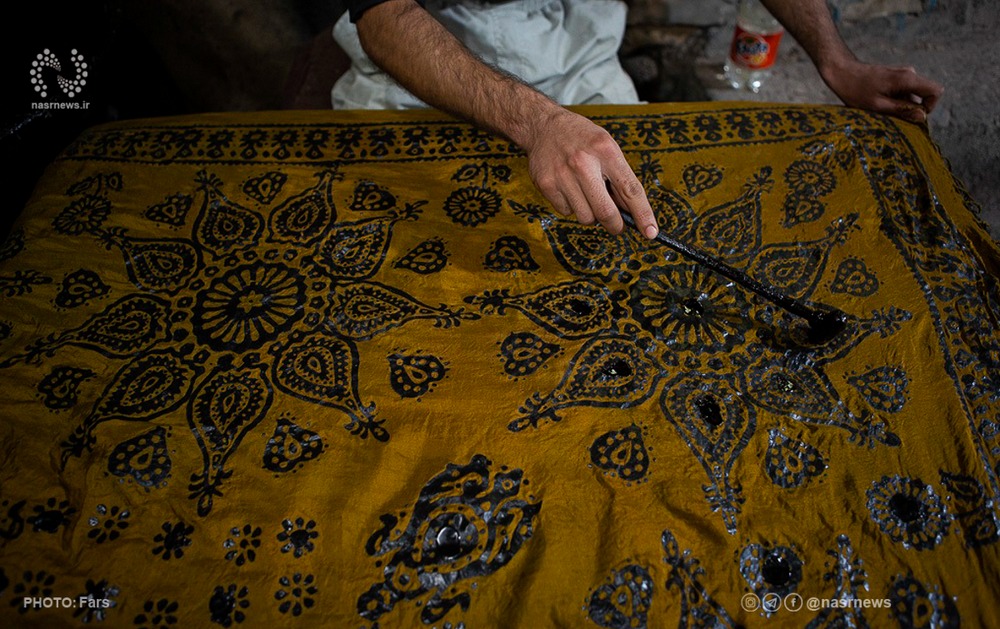
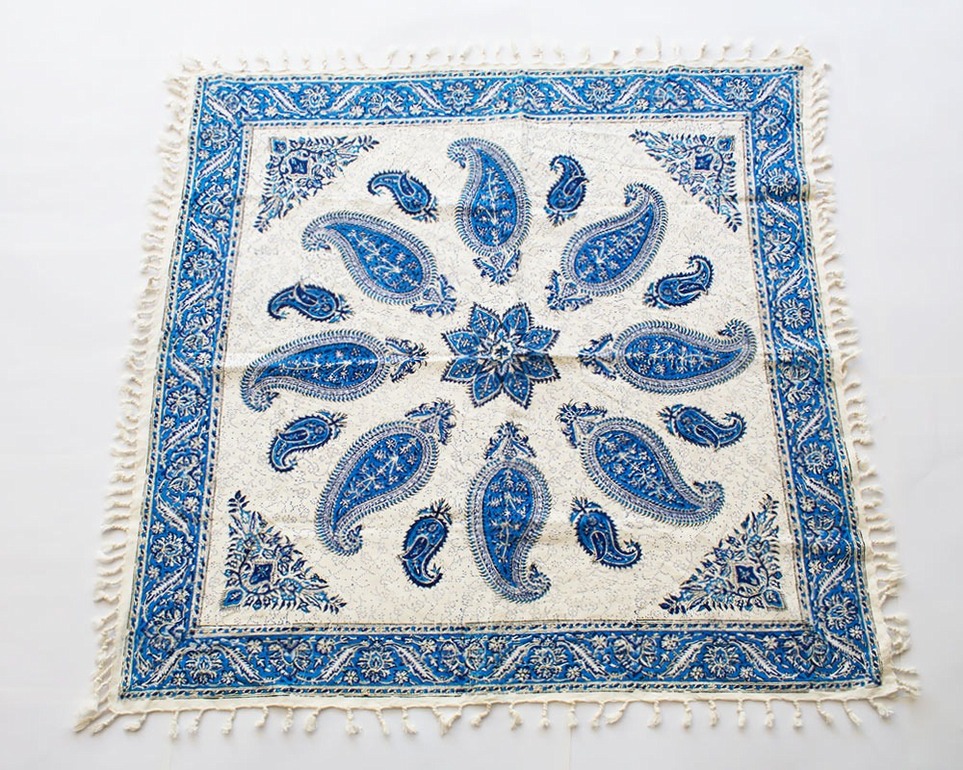





Choose blindless
Red blindless Green blindless Blue blindless Red hard to see Green hard to see Blue hard to see Monochrome Special MonochromeFont size change:
Change word spacing:
Change line height:
Change mouse type:
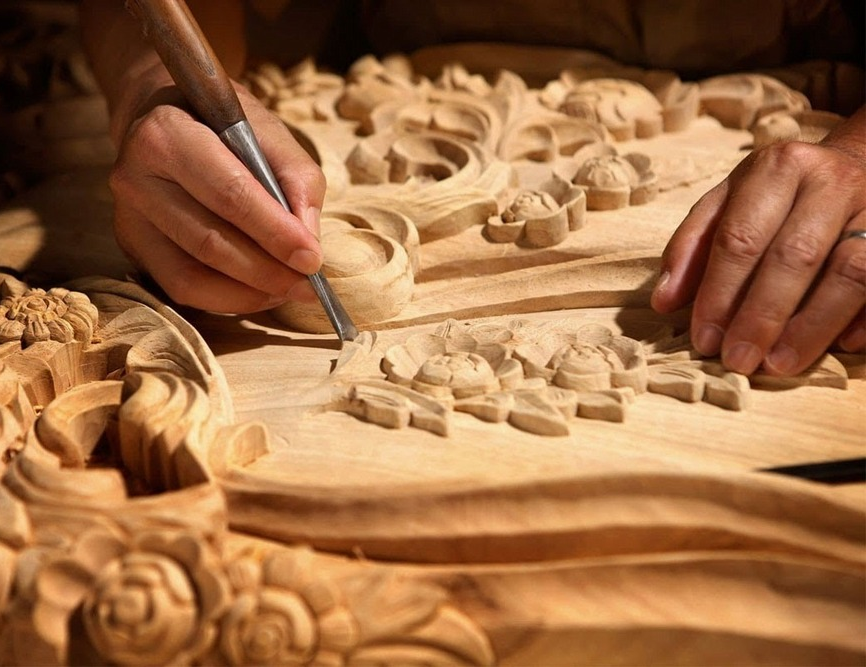
_crop_2.jpg)
